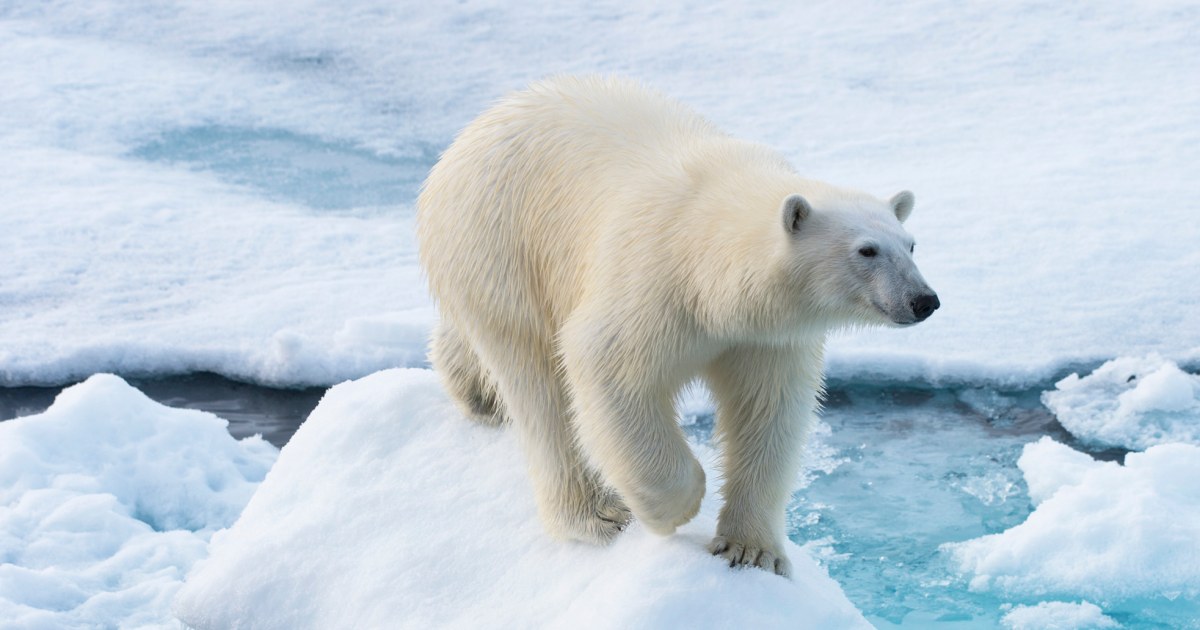Attacks on humans by carnivorous animals have risen steadily since the 1950s, as growing human populations in new areas make such incidents more common, according to a study published last week. According to other experts, climate change may also be contributing to increased human-wildlife conflict.
The report, which includes 33 contributors, was published in the peer-reviewed journal PLOS Biology. Over the course of 70 years, the collected attack incidents were compiled from personal data sets, published literature, and news reports.
A contributor to the report, Vincenzo Penteriani, an ecologist with Spain’s National Council for Scientific Research, said the population increase has led to increased human encroachment on natural habitats, a likely cause of the alleged increase in attacks by wolves, bears and big cats around the world. world.
Penteriani said that while the overall number of carnivore attacks has increased, such incidents remain relatively rare. The report found that Asia and Africa have seen the steepest increases.
“If you combine the reduction of natural habitat with the expansion and expansion of human settlements, it is almost normal that encounters between large carnivores and humans become more frequent,” Penteriani said. «It’s just a matter of probability.»
Climate change bringing wildlife closer to humans may be another aggravating factor in human-wildlife conflicts, said Briana Abrahms, an assistant professor and wildlife ecologist at the University of Washington who did not work on the study.
Most carnivore attacks in high-income countries occurred during recreational activities such as hiking or camping. In low-income countries, carnivore attacks occurred more frequently among people engaged in subsistence activities, such as hunting or farming. Globally, 32% of all attacks were fatal, according to the study.
Abrahms said it’s important to recognize all the variables that affect human-wildlife interactions and that climate change is often missing from the discourse.
“We are seeing the long-term impacts, such as the decline in Arctic sea ice, leading to increased encounters between polar bears and people,” Abrahms said. “But we are also seeing the more immediate impact of extreme weather events. The increasing frequency and severity of these events can lead to conflicts; For example, in sub-Saharan Africa, the frequency of extreme droughts has been associated with increased carnivore attacks on livestock.
Last month, a killed polar bear a 24-year-old woman and her 1-year-old son in the small town of Wales, Alaska. It was the first deadly attack by a polar bear in Alaska in more than 30 years. Polar bears are spending more and more time on land, Abrahms said, as their hunting grounds on the ice shrink.
Penteriani said: “It is difficult to predict the full impact of climate change on carnivores. But if polar bears cannot return to their habitat at the end of summer due to lack of ice, they will have to stay closer to humans for longer. This automatically increases the chance of further attacks.”
Wildlife behavior may be more closely related to human activity than previously recognized. A recent study found significant differences in land use and behavior among various species in Glacier National Park in Montana during and after the Covid closures.
The researchers found that the hikers created a «scary landscape» for cougars, wolves, black bears, brown bears and smaller mammals. When the parks were empty, the animals roamed freely. When hikers returned, several species used the hiking trails less or disappeared altogether.
In general, wild animals try to avoid contact with humans, said study co-author Daniel Thornton, an assistant professor at Washington State University who studies carnivore ecology and conservation.
«When animals are forced to live in close quarters, when there isn’t enough habitat, or when there are these climate-induced changes that bring animals and people together, that’s when conflict is most likely,» Thornton said.
Urban ecologist Christopher Schell studies how animals and humans are adapting to closer proximity in urban environments. His lab at the University of California, Berkeley, where he is an assistant professor, houses research on urban human-coyote interactions.
With increasing global urbanization and human encroachment, it is inevitable that human-wildlife interactions will increase, Schell said. But those interactions don’t have to be negative, he added.
«Something to consider is the relationships that already exist between people and the species in question,» he said.
Schell finds the urban story of Carl the Coyote to be a perfect representation of the changing relationship of humans with carnivores in cities. Carl was the beloved mascot of the San Francisco Bay Area, Schell said. He was fed and adored by the local homeless population, but eventually got too used to humans; after authorities deemed Carl a threat, particularly to local children, he was shot in 2021inspiring a citywide vigil.
“There are a lot of species that are going to be urbanized, that are urbanized right now,” Schell said. “We know that wildlife will most likely interact with people more frequently, and we need to be prepared for that. How do we create spaces that allow wildlife and humans to coexist?

